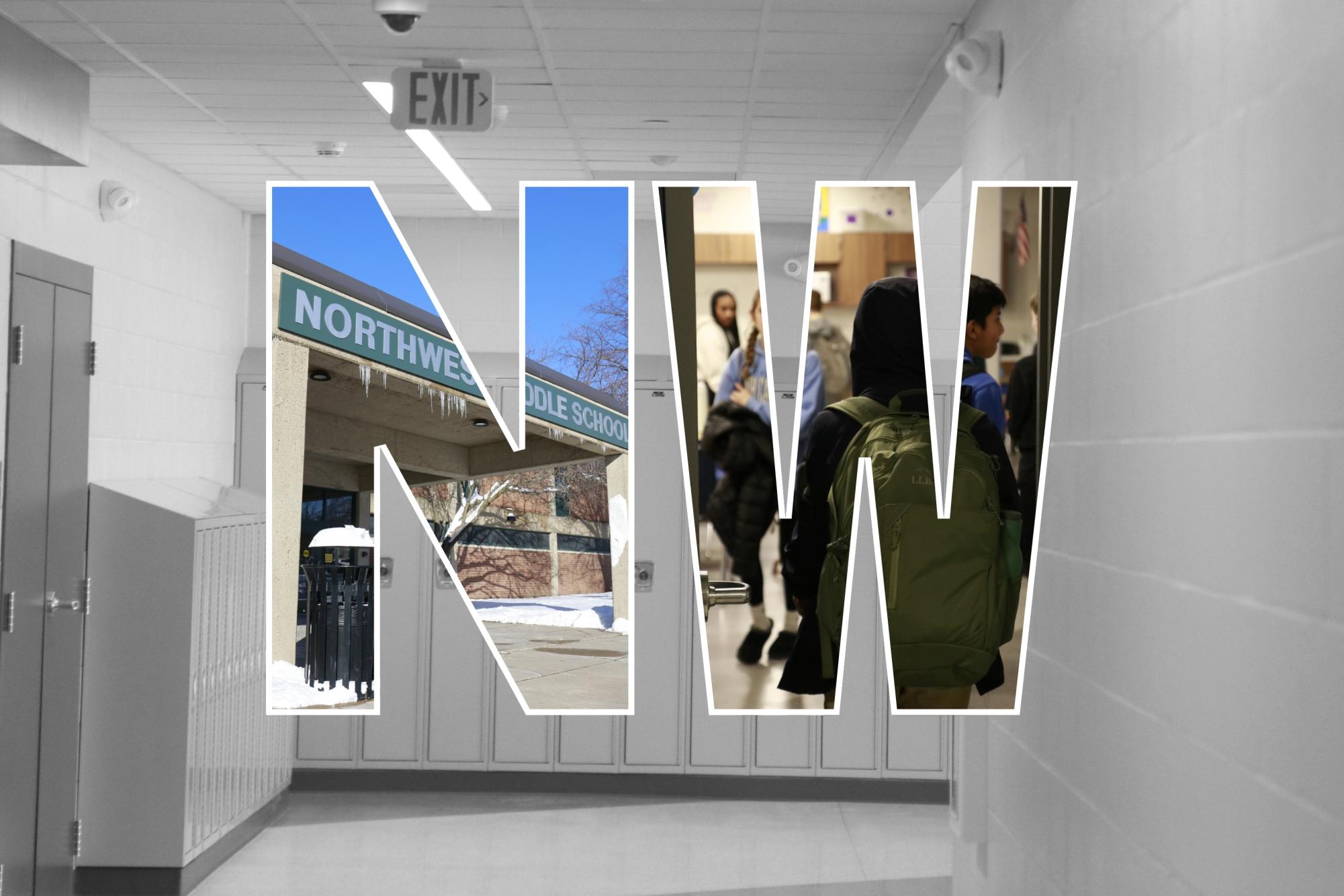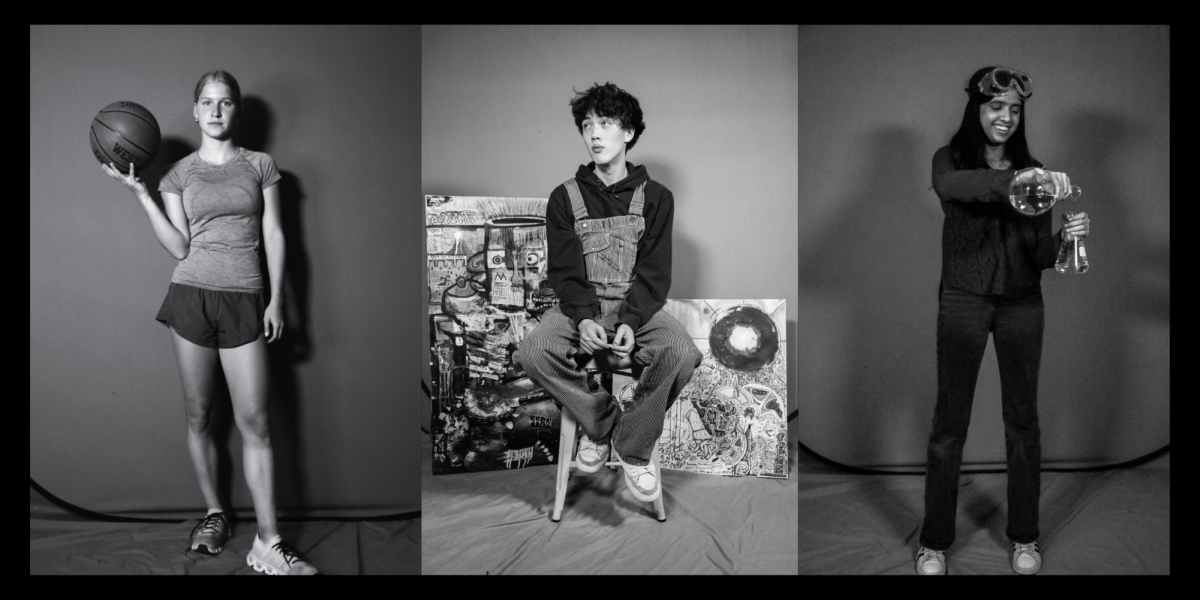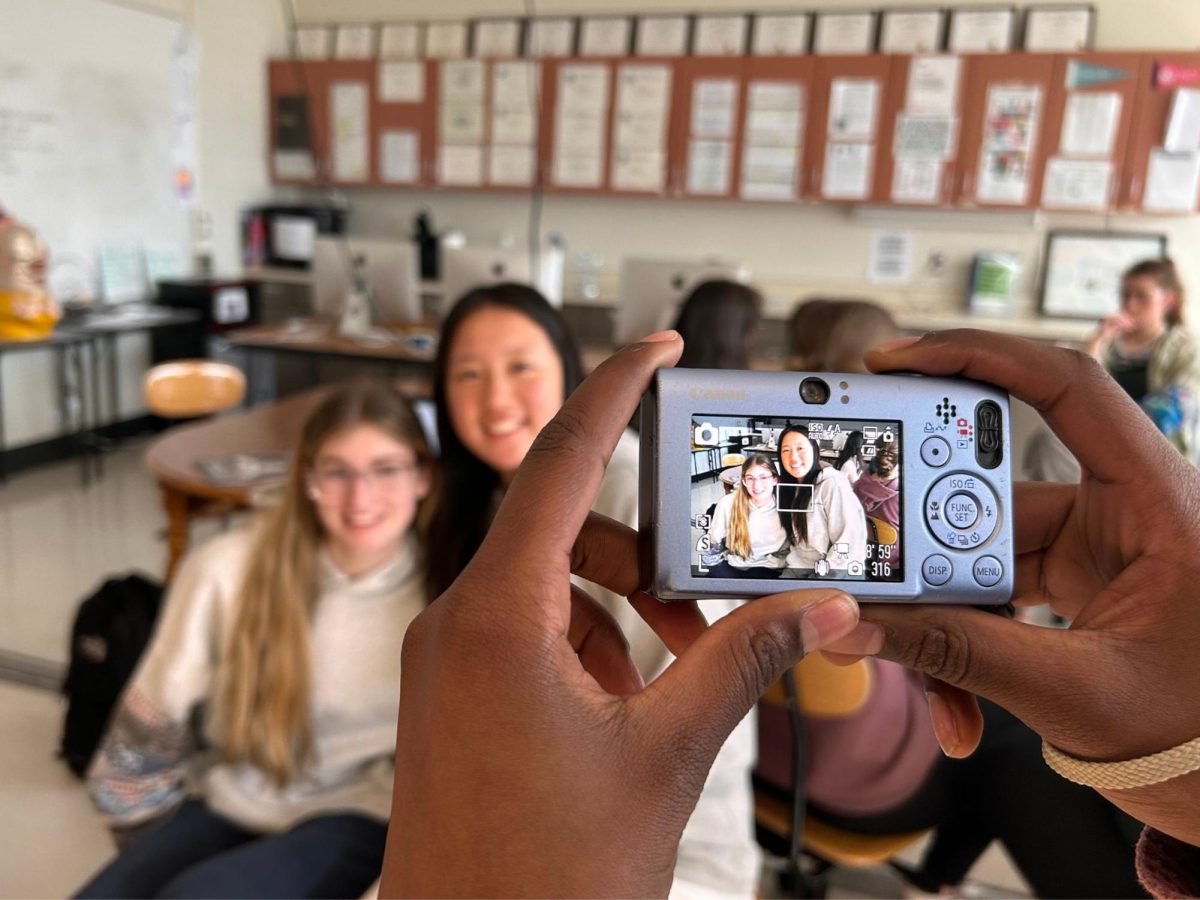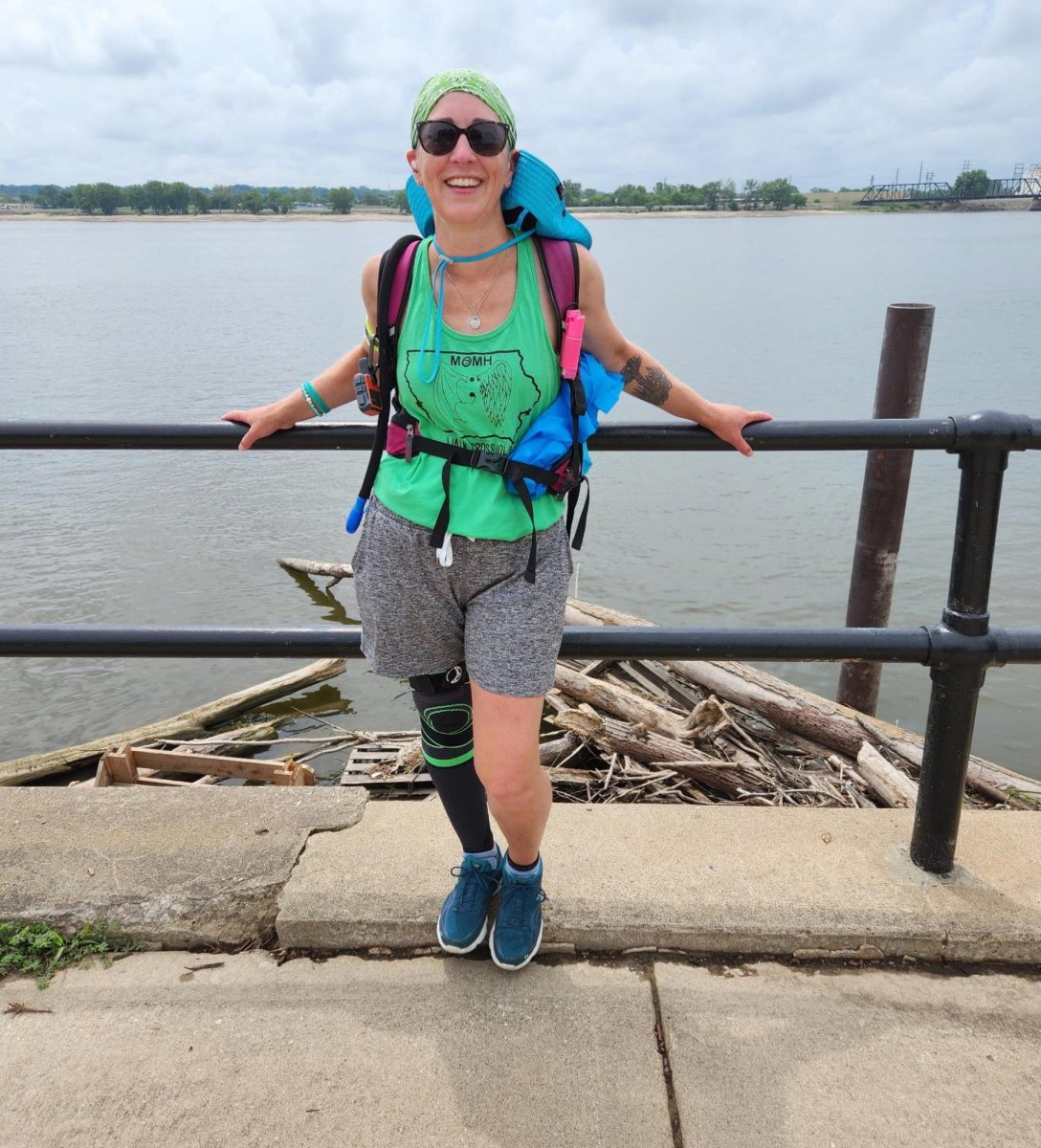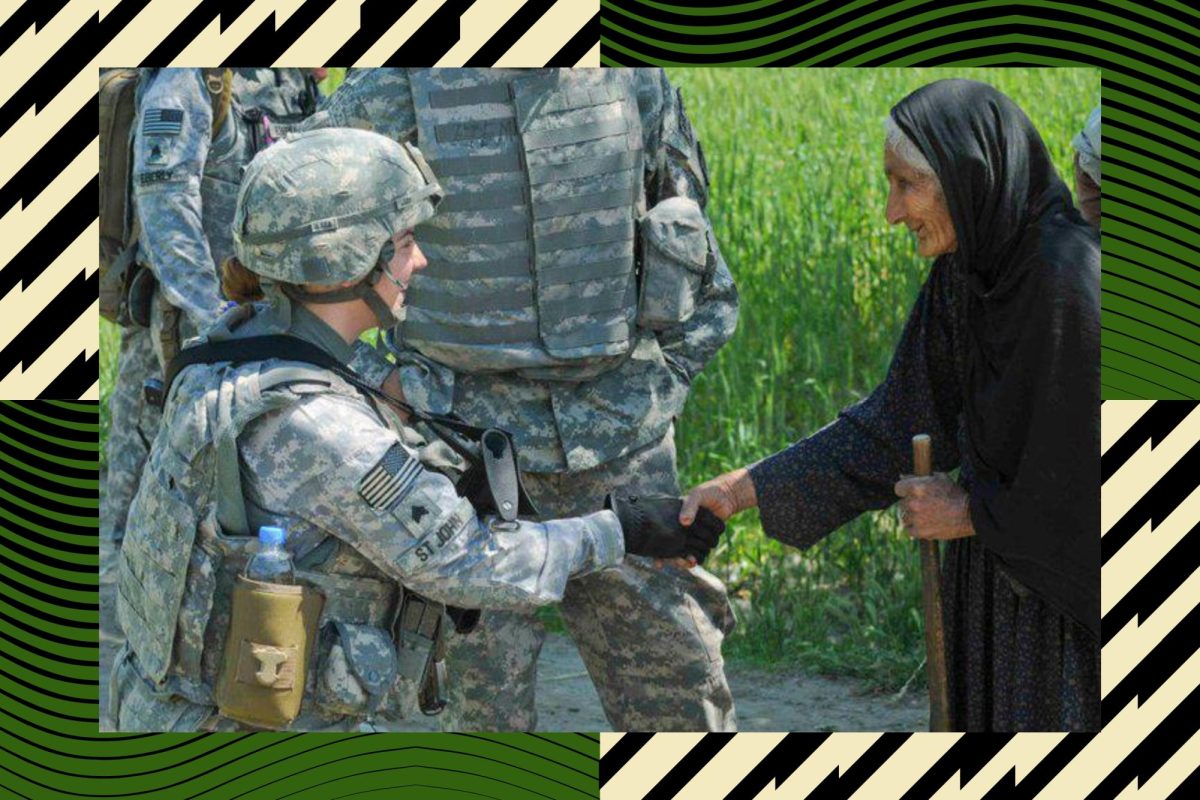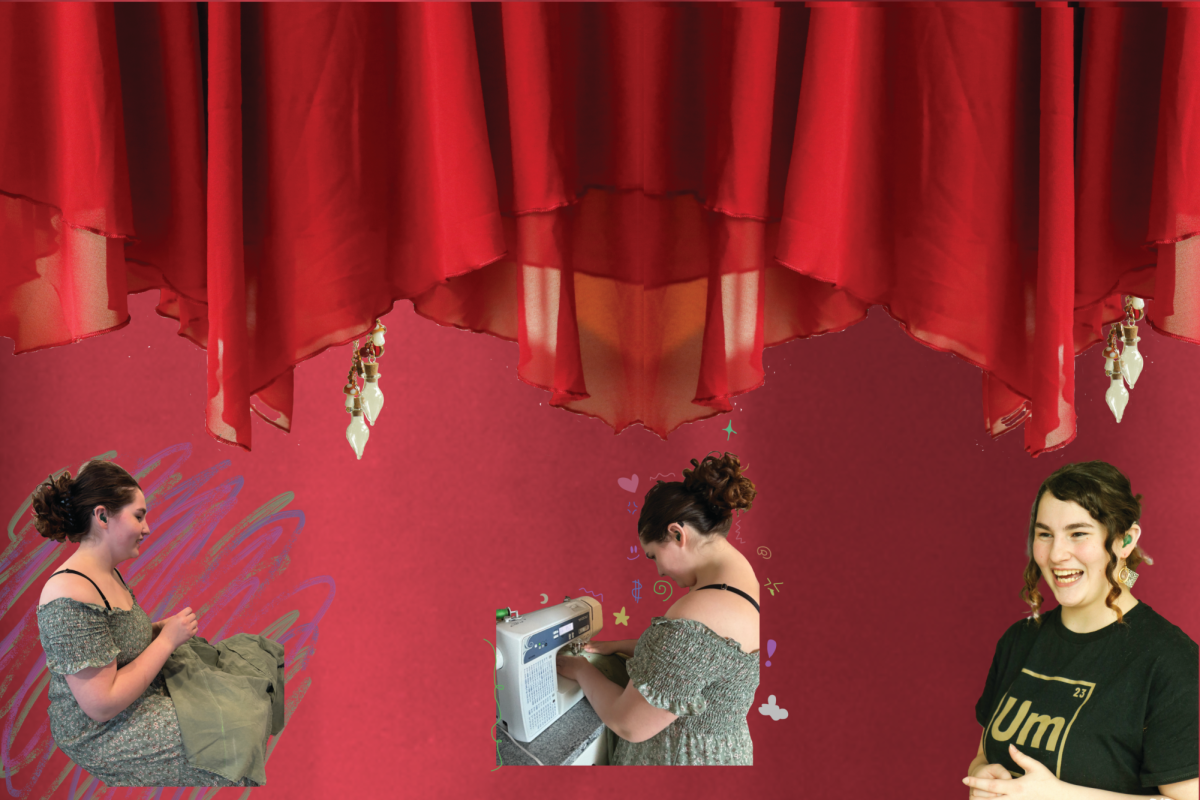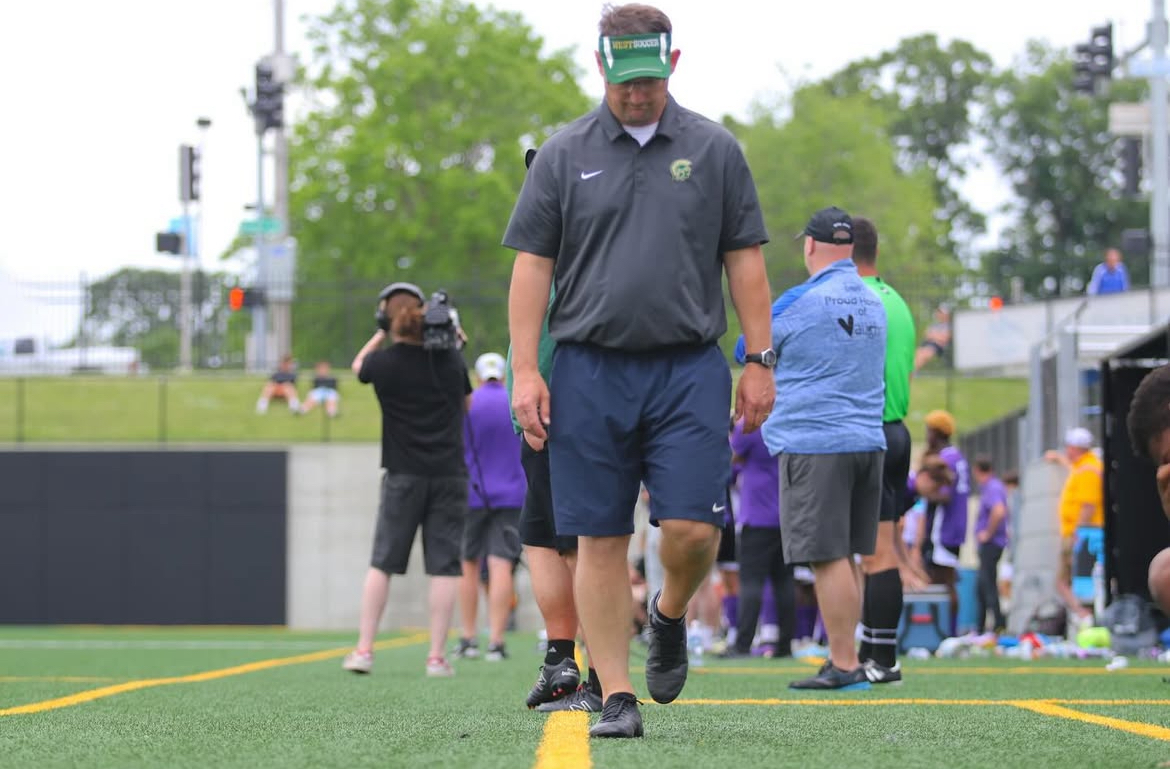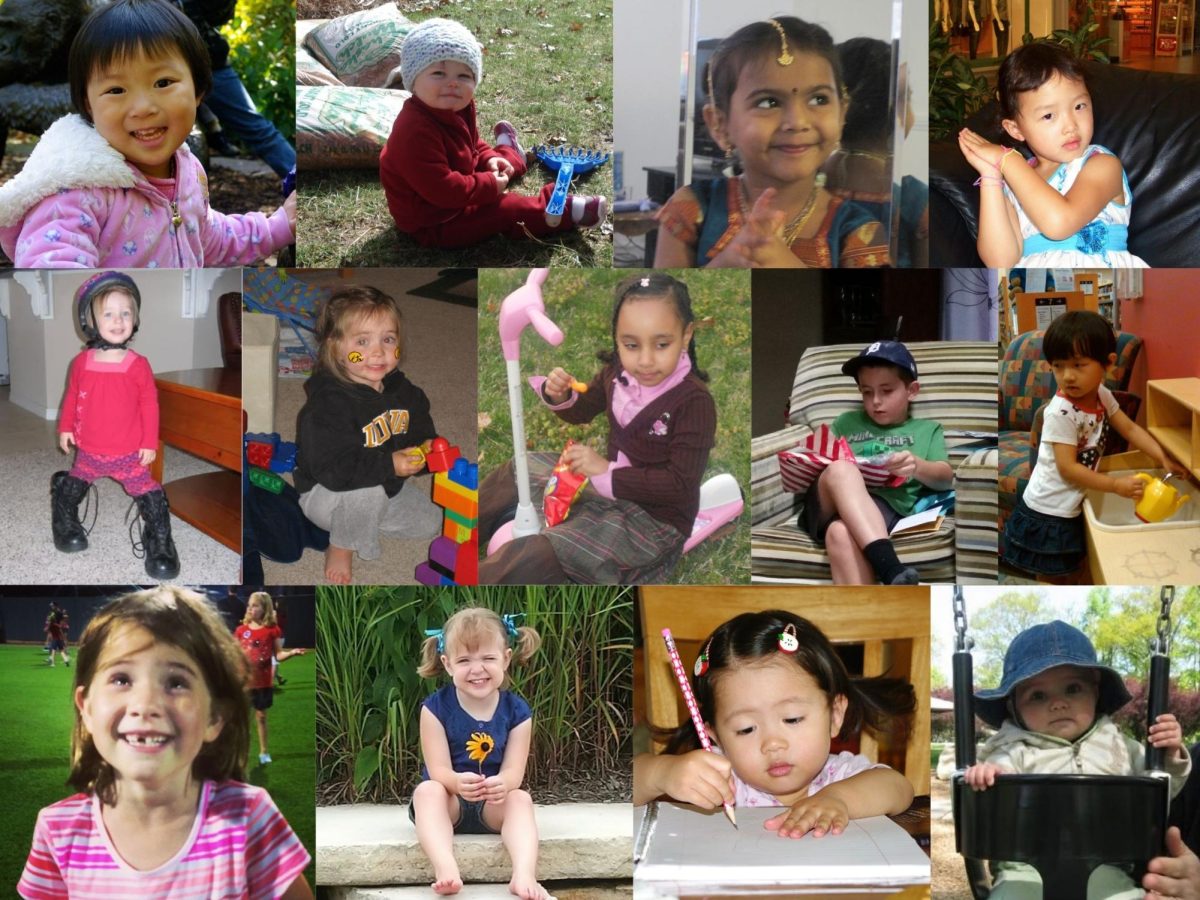Filled with a younger generation of students, Northwest Middle School — alongside other ICCSD middle schools — has adapted its classrooms and curriculum to accommodate students and educators. In the fall of 2022, the ICCSD school board announced its decision to convert its junior highs to middle schools, moving all sixth graders from elementary schools to the newly renovated middle schools. After $34 million in construction for all ICCSD junior highs, now middle schools, 400 sixth-graders joined Northwest this fall.
Until August 2024, sixth-grade students were in elementary school. There, they were taught by one teacher and stayed in the same classroom for the entire day. Now, sixth-grade students grapple with eight teachers and block scheduling. Despite moving up with seventh and eighth-graders, Northwest limits sixth-grade students to their wing. Charlotte Osborn ’31 explains that it can be frustrating trying to connect with the older students — not just because of the separation, but also due to social factors.
“Although some sixth graders are mature, the seventh and eighth-graders don’t see us as ‘middle schoolers.’ They see us as dumb elementary kids that should still be [in elementary school],” Osborn said.
Brooke Freund, a former literacy teacher and current instructional coach at Northwest, believes this is a hurdle that students will overcome through more interaction.
“When you add people to your family, you have to be extremely outgoing,” Freund said. “Post-construction has been a challenge [trying] to navigate people into a place, and understanding how to reset some rules and [reevaluate]. Change can be so hard for everyone.”
Before hundreds of new students joined one building, Northwest placed stricter rules to maintain organization — including hallway navigation and lunch seating policies. These rules received mixed reactions from students.
For Isabel Aronson ’29, adjusting to the new rules took some time, especially the mandate for specific hallway routes.
“In [the] hallways, [we’re] only allowed to go one way. Even if your class was directly [to] the left, you would still have to walk around the loop towards the right,” Aronson said. “Also, the school no longer has a one-minute bell [before the beginning of class], so you [don’t] know when your class is about to start.”
Quinn Dreasler, a seventh-grade English teacher at Northwest, believes that the new hallway structure was necessary.
“In the first few weeks with the new hallway system, everybody was fighting back. But now, everybody gets to where they need to be so much faster. [No one is] stopping in the hallway … Putting more structures in place has allowed things to flow more smoothly,” Dreasler said.
Now an eighth-grade student, Elissa Knight ’29 admits she was nervous about what the changes would mean for students as her previous year at the school only held two grades.
“At the beginning of the year, I thought it was the end of the world with all the new rules and different bell schedules. But it isn’t that bad, and I’ve gotten used to it,” Knight said.
Although students were hesitant about this structure, many Northwest teachers view these changes as growth. Northwest has implemented more structure that allows more focus on the students, bringing in a more fresh and diverse experience.
“Earlier this year, teachers and students were like, ‘This was a good move,’” Freund said. “We’ll get to a point in the next five years where we’re going to [have a] better understanding [of] implementing rules [and] teaching rules, social skills and life skills.”
After COVID, students and teachers alike were adjusting to their “new normal.” All ICCSD schools offered a half-virtual, half-physical schedule that switched every few days. This schedule, which had to be formed quickly, placed the Northwest student body in a completely unfamiliar routine.
“When we came back from COVID, we were trying to do things the same as the previous years, which didn’t work,” Dreasler said.
Now, five years out from the initial quarantine, Northwest is going through more changes. Since COVID, Northwest has been under construction and now with a larger student body, both Dreasler and Freund anticipated an adjusting period, but are excited for the future of Northwest and what the changes will bring.
“We’ve made more of an effort to do more things with all the grades, so it feels like we’re working on building more community,” Dreasler said. “The sixth graders are very enthusiastic, and they’re excited to be [older] kids.”
Although many students are still adjusting to the new environment, Dreasler is excited to work with them over a longer period.
“It’s nice to have students for [not only] two years, but for three. Even if you’re not teaching them, [you still] see how they grow, change and [connect] with other people in the building,” Dreasler said.
Northwest Principal Kimberly Fitten, who attended Northwest, strives to foster the connections she had during her own experience.
“I’m a product of Northwest, and my principal [was] amazing … I still talk to him to this day. When I went here, it was my safe place. The teachers are great — any school would say that they’re family,” Fitten said. “But what I love about Northwest is there’s such a great bond between students, families and teachers that it sustains the level of excellence.”
Dreasler agrees, citing the community as the core of Northwest’s success.
“I don’t think people understand how lucky our school district is to have so many [intelligent] educators, support staff and administrators. Each kid is cultivated and cared for,” Dreasler said. “Sometimes when people see Northwest students in the community, they feel [they are] a nuisance or a menace, but [our] students end up going to the highest-rated high school in Iowa. [That excellence] doesn’t just start at West, [it] starts much earlier.”



